Flowering trees are available in a variety of sizes and shapes for almost any landscape application. Not only do deciduous flowering trees bring visual impact and beauty to your homestead, but they also provide habitat and food for birds and other wildlife.
These types of trees also provide cooling shade for people, pets, and plants.
Some flowering trees we suggest are:
- Mountain silverbell
- Pagoda dogwood
- American flowering dogwood
- Southern magnolia
- Sourwood
- The Millstone™ Japanese pagoda tree
- Tall stewartia
- Almond tree
- Flowering fruit trees
When landscaping your homestead, it is wise to plant tree species that are adapted to local climate and soil conditions. Native species are the best choice.
Chat with the helpful folks at your local county extension office or independent nursery to learn more about flowering trees that grow well in your area. Native species require little in the way of maintenance once established, and by selecting native varieties, you avoid the risk of introducing an invasive species.
Mountain Silverbell
Ideal for hillside planting, mountain silverbell (Halesia monitcola) is an attractive broadleaf tree that grows between 40 and 65 feet tall with a spread of 20 to 35 feet at maturity. In early spring, the tree exhibits a cloud of white flowers followed by pale yellow fruits.
Related Post: How To Make Money Growing Trees
Offering bold yellow fall foliage and attractive bark, mountain silverbell prefers a sunny location with well-drained soil. Native to North America, the tree flourishes in USDA planting zones 5 through 9. While mountain silverbell grows up to 60 feet tall in its natural habitat, it grows to a maximum of about 25 feet in landscapes and gardens.
Pagoda Dogwood
Grown as a beautiful small tree or large shrub, the pagoda dogwood (Cornus alternifolia) reaches a mature height of between 12 and 15 feet with a 12-foot spread. Native to the Northeast United States, pagoda dogwood can be cultivated as a single or multi-trunk specimen tree.
Exhibiting generous clusters of small white flowers in early spring, the tree also puts on a show in autumn with deep wine-colored leaves. The tiny blue-black berries are a favorite treat of birds and small wildlife. Pagoda dogwood grows well in either sun or shade and does best when planted in USDA planting zones 3 through 8.
American Flowering Dogwood
The American flowering dogwood (Cornus florida) is a small tree with a flat crown. American dogwood reaches a height of between 15 and 20 feet tall with up to a 20-foot spread. Visually attractive in all seasons, American dogwood produces brilliant red berries that attract songbirds.
Native to North America, dogwood is an important food source for robins, grosbeaks, cardinals, and cedar waxwings. If you want to attract birds, bees, and butterflies to the garden, plant dogwood. American flowering dogwood thrives in USDA planting zones 5 through 9.
Southern Magnolia
A magnificent pyramid shaped tree, the southern magnolia (Magnolia grandiflora) exhibits an abundance of sweet-smelling waxy white flowers in the spring. Native to the Southeastern United States, southern magnolia trees grow to heights of more than 80 feet.
Related Post: 15 Weird and Wonderful Tropical Fruit Trees for Tropical Homesteads
An ideal landscape tree with dark green leathery leaves, the southern magnolia grows best in USDA planting zones 7 through 9. Magnolia trees require a full sun location with lots of room to grow.
Sourwood
Sourwood (Oxydendrom arboretum) displays drooping branches covered with fragrant white lily-shaped small flowers in the spring. Also known as the lily-of-the-valley or sorrel tree, sourwood prefers moist, well-drained, nutrient-rich soil in partial shade or full sun.
Related Post: Tree Cookies
While this hardy tree grows up to 75 feet in its natural habitat, it typically only reaches between 20 and 40 feet with a 30-foot canopy spread when planted in gardens and landscapes. Slow growing sourwood, native to the Southeastern United States does well in USDA planting zones 5 through 9.
The Millstone™ Japanese Pagoda Tree
Displaying fragrant white flowers from late spring through summer, the Millstone™ Japanese pagoda tree (Sophora japonica) is complemented by dark, shiny green leaves. In the fall, leaves turn a golden yellow. Reaching 45 feet tall with a 25-foot spread, the Millstone™ Japanese pagoda tree is an eye-catching addition to both urban and rural landscapes.
Tall Stewartia
A small, slow-growing broadleaf tree with dense dark green foliage, the tall stewartia (Stewartia monodelpha) displays tiny, cup-shaped white flowers in the spring. Native to Japan, the tree exhibits a handsome cinnamon-orange bark which adds color and visual interest to the winter landscape. Tall stewartia grows about 25 feet tall with a 20-foot spread. Tall stewartia, Native to North America, thrives in USDA planting zones 5 through 8.
Almond Tree
Among flowering nut trees, the almond tree is a landscaping favorite. The almond tree presents a glorious display of deep pink blooms in spring, food for birds and wildlife, and a harvestable crop. There are dozens of varieties of almond trees available including mini, dwarf, semi-dwarf, and standard.
Flowering Fruit Trees
Consider planting apple, pear, peach, plum, cherry, or apricot trees for a magnificent display of spring color followed by an edible crop. Fruit trees increase the property value of the homestead, delight the eye with a colorful floral display in springtime, and provide a sustainable source of fresh fruit for home consumption and a supplemental cash crop.
Related Post: Dwarf Fruit Trees
A flowering fruit or nut orchard, planted in a staggered checkerboard pattern can serve as an effective windbreak, that protects your home, garden plot, or livestock pens from the worst of cold north winter winds. Choose tree species that grow well in your soil and climate. The majority of fruit and nut trees establish well in USDA planting zones 4 through 8.
Planting Flowering Trees
Before you can choose the trees most suitable for your homestead, it is wise to create a landscape plan. Sketch out a diagram of your property, including established trees, your home and outbuildings, and garden plots. Consider why you want to plant trees.
- Do you want to make a visually attractive landscape?
- Are you planting trees to define property boundaries?
- Do you want shade in specific areas?
- Are you attempting to create a windbreak?
- Do you want to plant trees that bear an edible crop?
When you plant flowering trees, it is essential to consider the size of the tree at maturity as well as the spread of its roots. Do not plant where trees will encounter power lines or underground utilities.
Plant tall-growing, deciduous flowering trees on the south side of your home to provide maximum summer roof shading. Smaller trees with crowns closer to the ground work best on the west side where shade is desired to protect from lower afternoon sun.
Related Post: Fast Growing Shade Trees For Your Homestead
An 8-foot tree planted near the home will begin to provide shade the first year. Depending on the species and growth rate, the tree will provide roof shade in 7 to 10 years. Avoid planting flowering shade trees on the southern side of solar-heated homes. The branches of these trees may block winter sunshine.
The Best Time to Plant Flowering Trees
Early autumn is the best time of the year to plant most varieties of flowering trees. Experienced gardeners suggest that the earlier in the fall you can plant the better.
Planting in the fall allows tender, young roots to soak up needed fall rains and become well-established before the deep cold of winter. If you are not blessed by adequate autumn showers, make sure to supply newly planted trees with at least 10 gallons of water per tree, per week, until trees enter winter dormancy.
It’s best to plant broadleaved evergreens such as boxwood, holly, azalea, or rhododendrons in the spring. If planted in the fall, these types of evergreens may have a difficult time surviving winter as roots will not have had time to grow and develop.
References
- Marylanders Plant Trees, Maryland Department of Natural Resources
- Magnolia grandiflora, Missouri Botanical Garden
- Tree Species Information, Indiana Department of Natural Resources
- Trees for Seattle, Seattle.gov
- Mountain silverbell, US Department of Agriculture – Forest Service
- Cornus florida, Missouri Botanical Garden
- Bernheim Arboretum and Research Forest


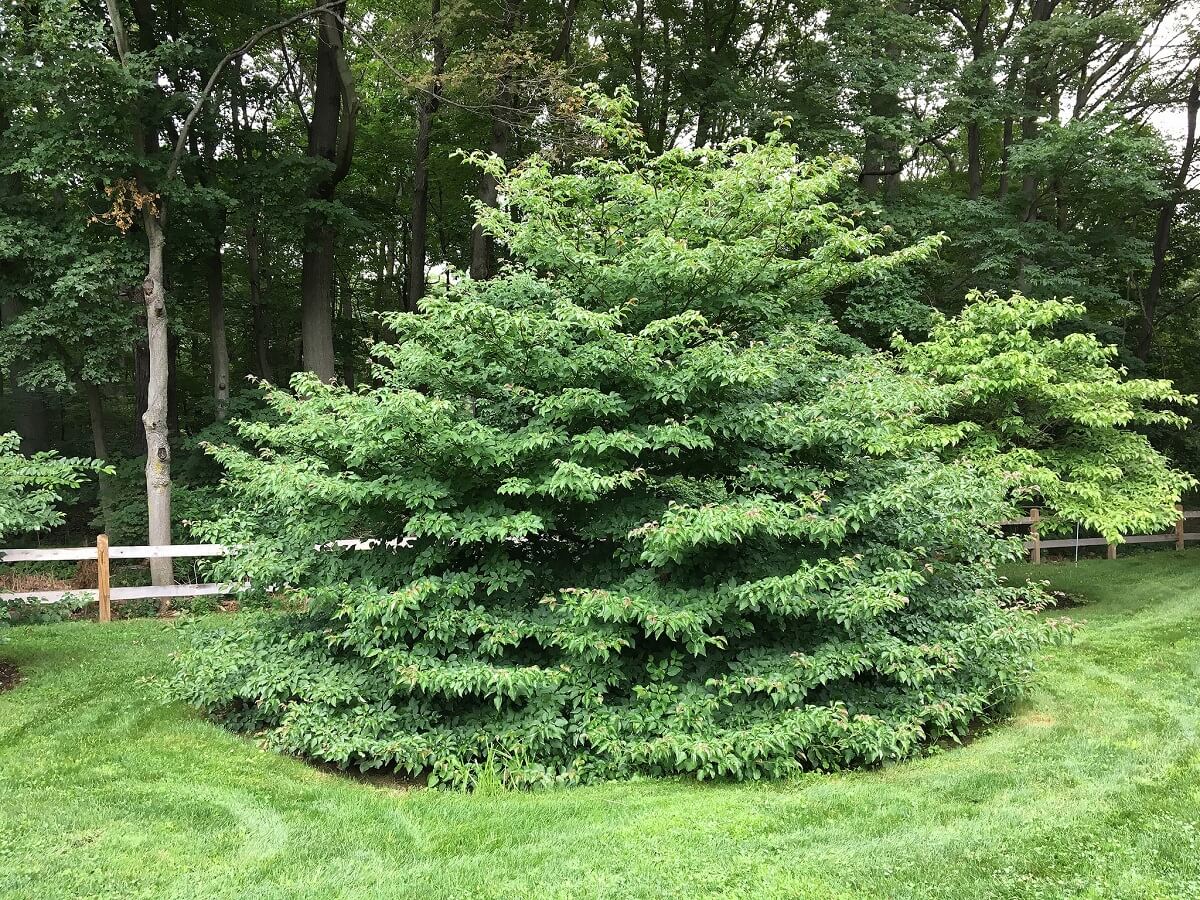
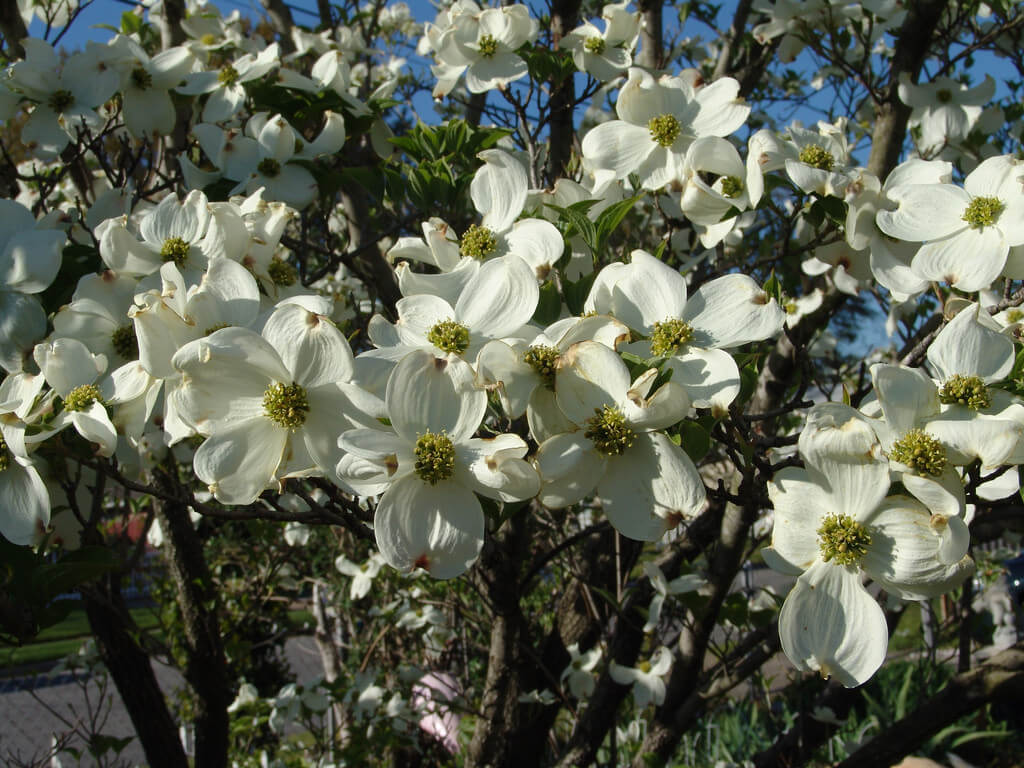
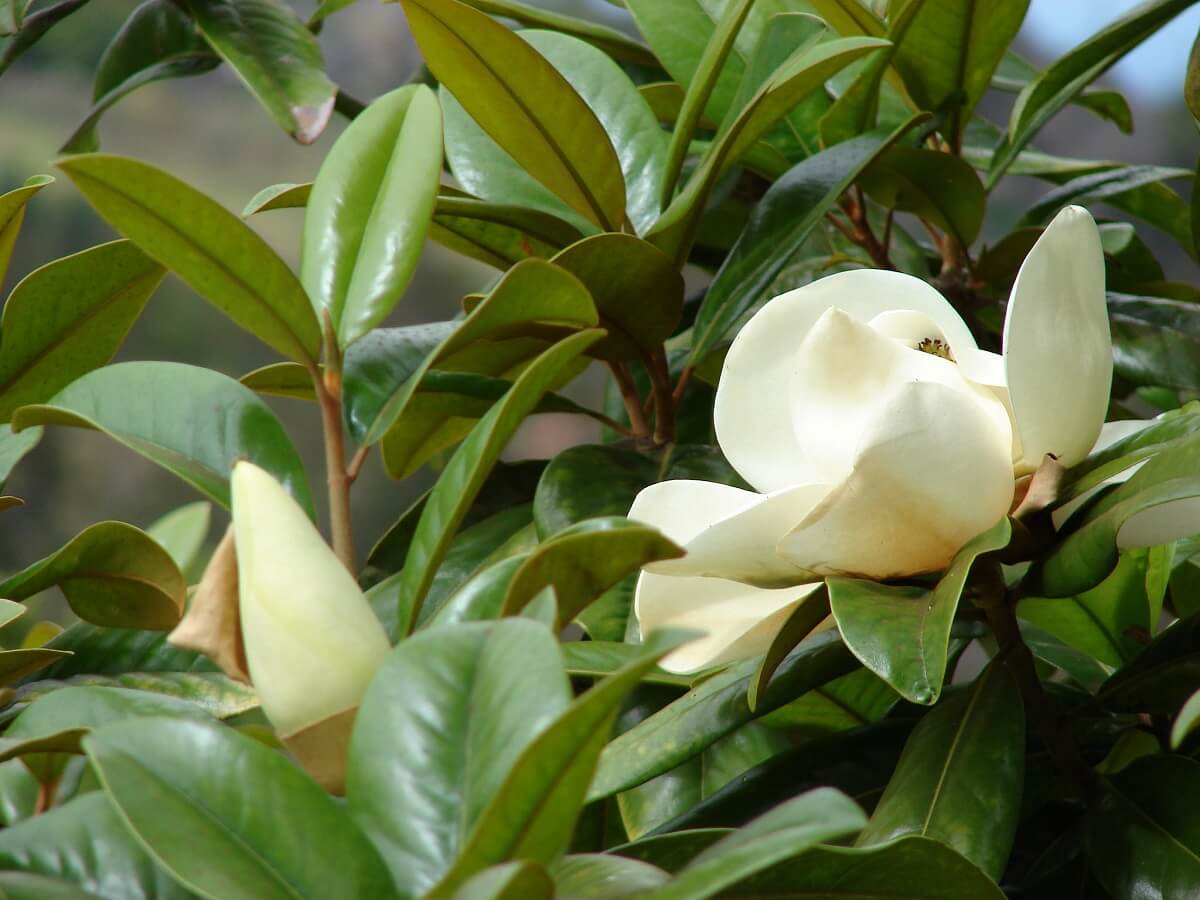
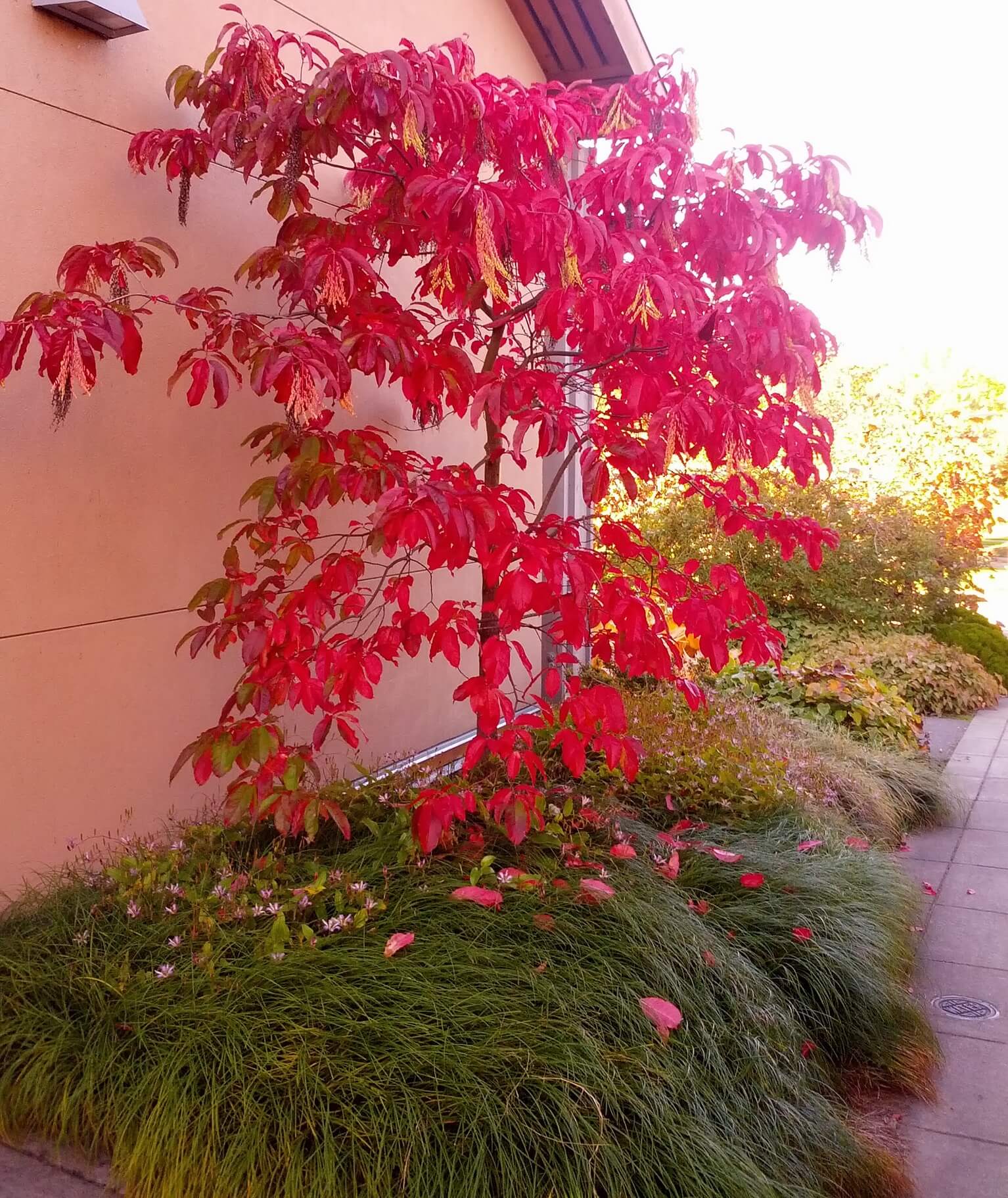
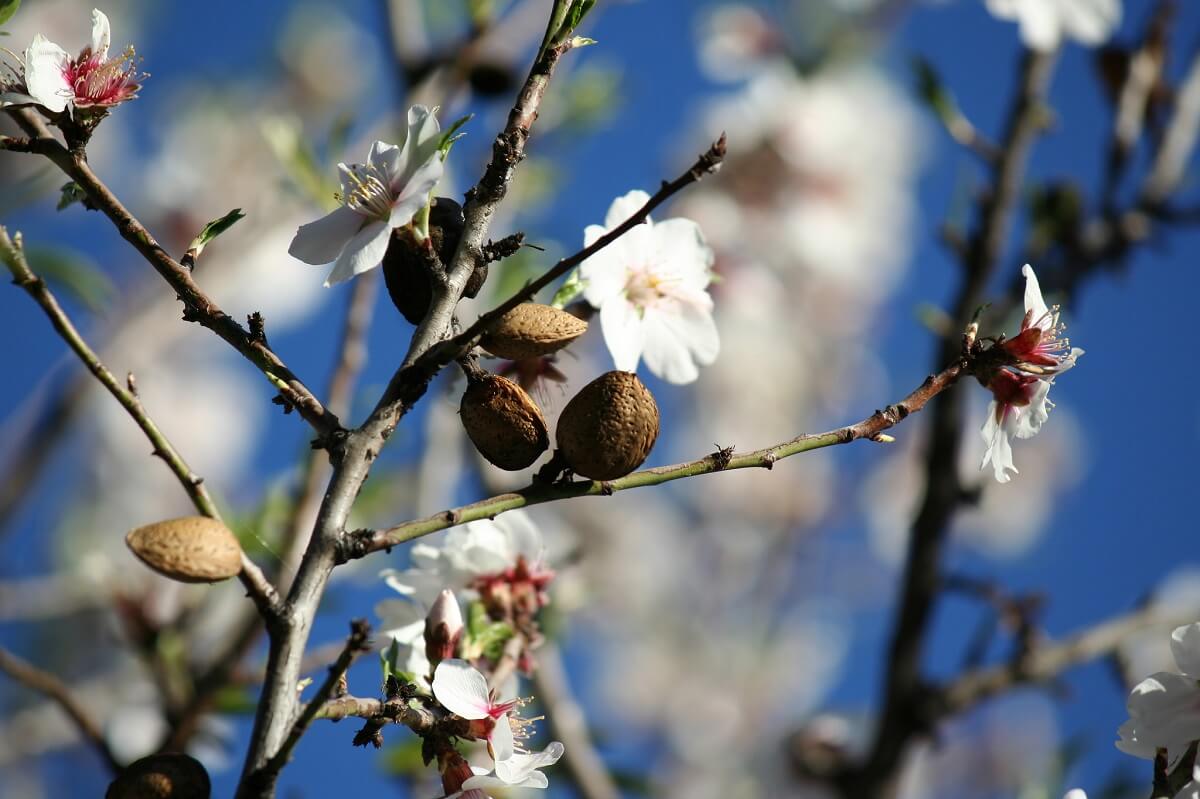
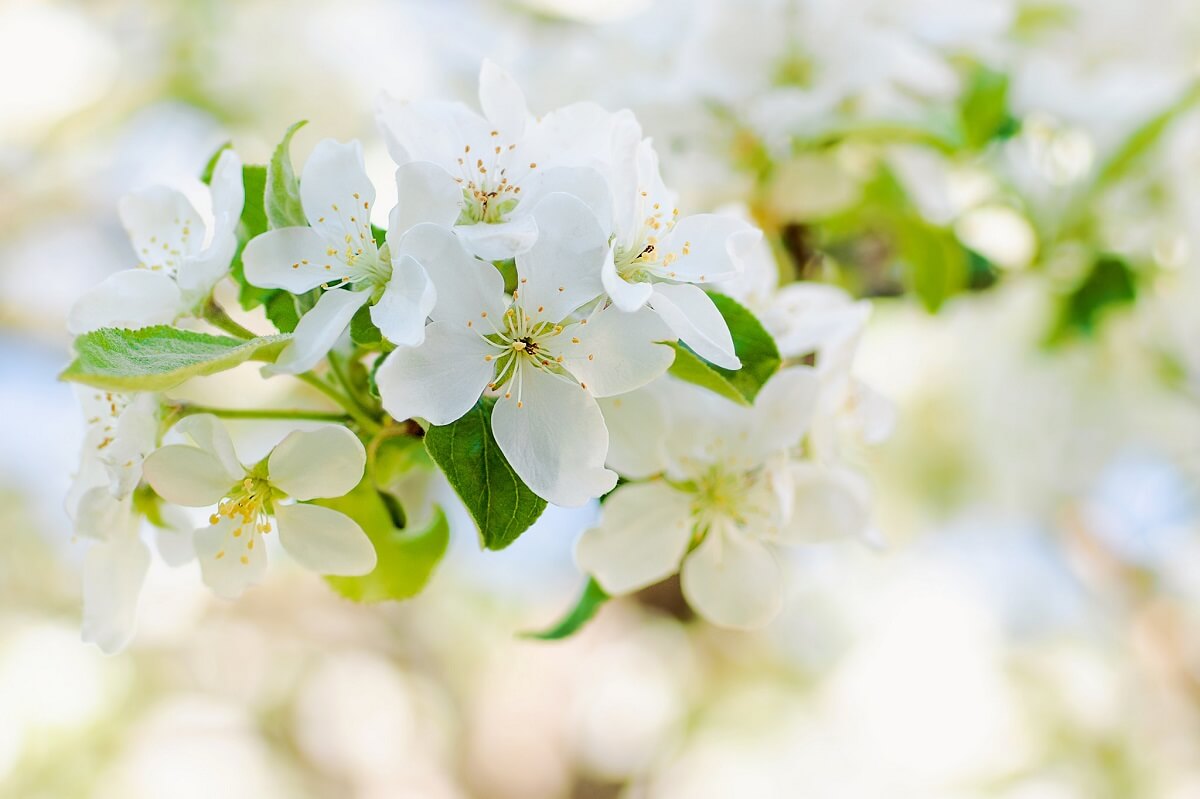
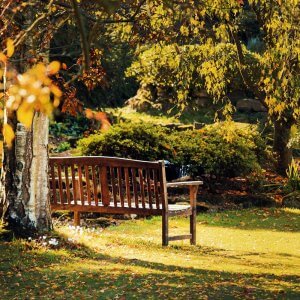

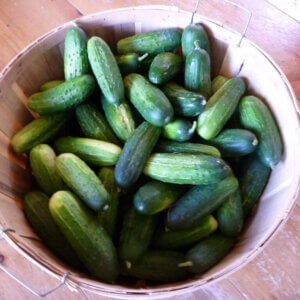
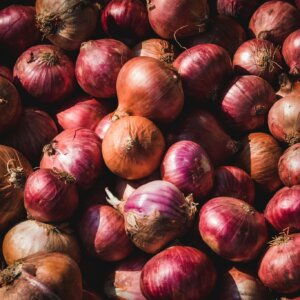



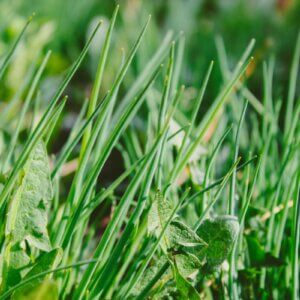

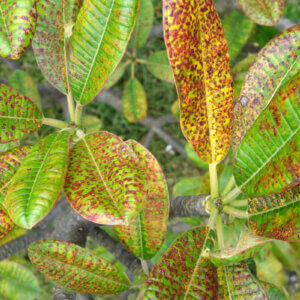



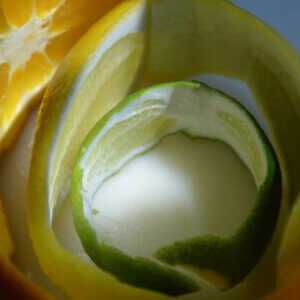



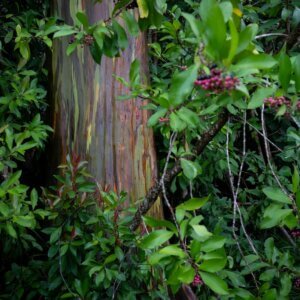
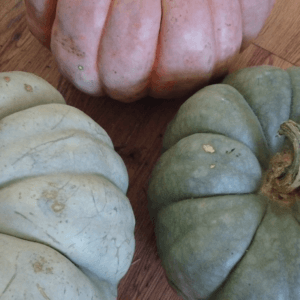

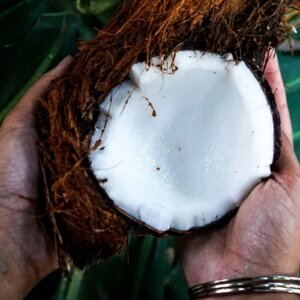

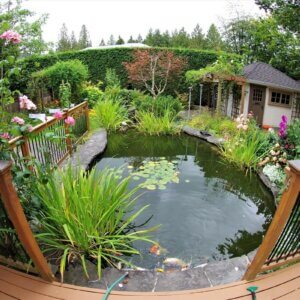
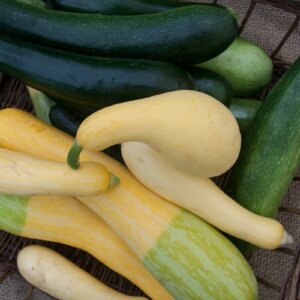


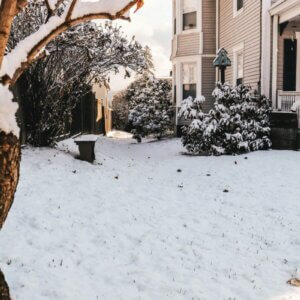
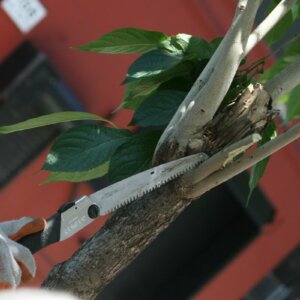

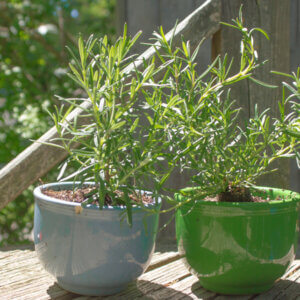
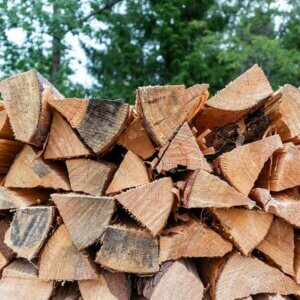


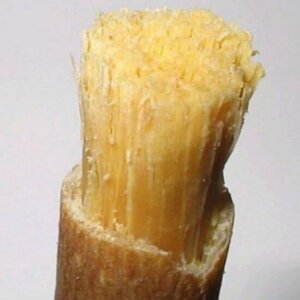

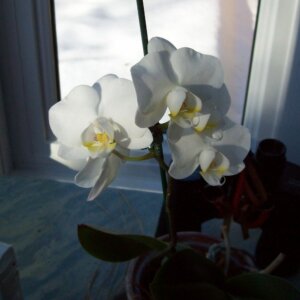

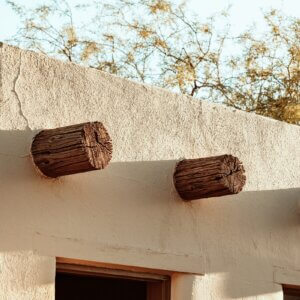

Leave a Reply